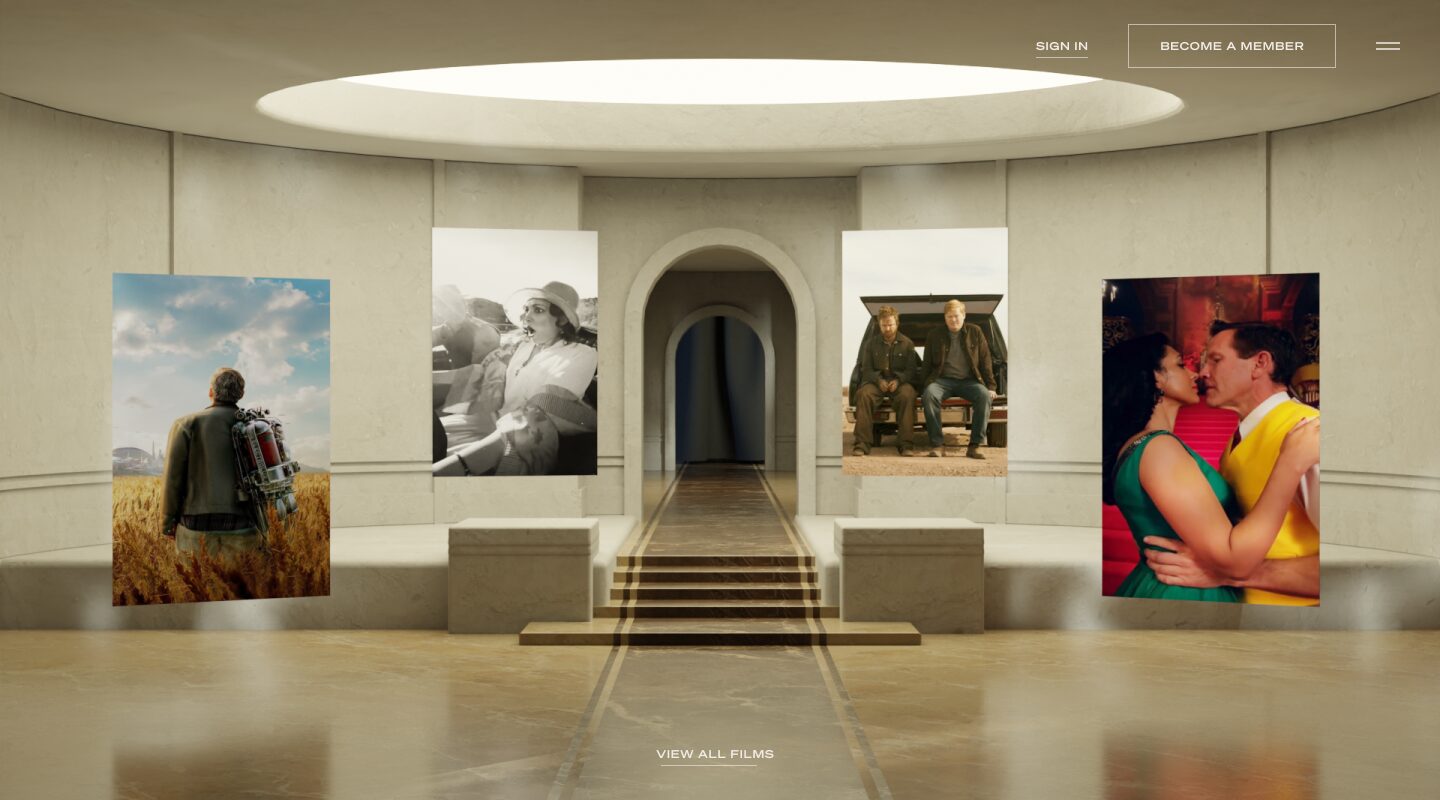Future-forward communication: integrating web-based immersive experiences in your communication
- Web
- Augmented reality
- Virtual reality
In the fast-paced world of digital communication, captivating your audience requires innovation. Dive into the future with web-based experiences like scrollytelling, WebVR, WebAR, and the upcoming WebGPU. Discover how to integrate these technologies and elevate your online communication strategy.
Understanding web-based immersive experiences
Web-based immersive experiences involve leveraging cutting-edge technologies to create interactive and engaging content directly accessible through web browsers. This can include scrollytelling, which combines scrolling with storytelling, as well as WebVR and WebAR for virtual and augmented reality experiences. As we look to the future, WebGPU is set to replace WebGL, offering enhanced graphics capabilities and improved performance.

Why web-based immersive experiences?
- Seamless Accessibility: Web-based immersive technologies eliminate barriers to entry. Users can access experiences directly through their web browsers, making it more convenient and inclusive, as no additional installations or downloads are required.
- Cross-Platform Compatibility: Embracing web-based technologies ensures compatibility across various devices and operating systems. Whether users are on desktops, laptops, tablets, or smartphones, your immersive content remains accessible, providing a consistent experience.
- Engaging Scrollytelling: Scrollytelling, a captivating combination of scrolling and storytelling, allows you to guide users through a narrative as they scroll down a webpage. This interactive format keeps users engaged while unfolding a compelling story.
- WebVR and WebAR for Enhanced Experiences: With WebVR and WebAR, you can offer virtual and augmented reality experiences accessible through standard web browsers. This opens up new possibilities for creating immersive environments, simulations, product showcases, and interactive narratives.
- WebGPU for Enhanced Graphics: As WebGPU emerges, it brings improved graphics capabilities and performance compared to its predecessor, WebGL. This advancement allows for even more visually stunning and responsive 3D graphics, elevating the immersive experience for users.

Steps to integrate web-based immersive experiences into your communication plan:
- Define Your Web-Based Objectives: Clearly outline your goals for web-based immersive experiences. Whether it's enhancing user engagement, showcasing products, or telling a compelling story, having a clear vision will guide your implementation strategy.
- Know Your Online Audience: Understand the preferences and technological capabilities of your online audience. This knowledge will help you choose the most suitable web-based immersive technologies, including WebGPU, and tailor your content accordingly.
- Select the Right Web Technologies: Combine scrollytelling, WebVR, WebAR, and WebGPU to create a holistic and engaging online experience. Ensure that your chosen technologies align with your communication goals and the preferences of your target audience.
- Craft Compelling Content: Develop content that maximizes the capabilities of web-based immersive technologies. Whether it's a visually stunning 3D experience or an interactive scrollytelling narrative, ensure that the content aligns with your brand and communication goals.
- Ensure Cross-Platform Compatibility: Optimize your web-based experiences for cross-platform compatibility. Ensure that users on different devices and browsers can seamlessly access and enjoy the immersive content, including the upcoming WebGPU-powered experiences.
- Measure and Analyze Web-Based Metrics: Implement analytics tools to measure the effectiveness of your web-based immersive experiences. Track user engagement, interactions, and other relevant metrics to refine your online communication plan continually.
- Stay Updated and Iterate: Web-based technologies, including WebGPU, are continually evolving. Stay informed about new developments and be ready to iterate on your communication plan. Embrace user feedback and make necessary adjustments to keep your online strategy fresh and effective.
Conclusion
By harnessing the capabilities of web-based immersive experiences, including the upcoming WebGPU, you can future-proof your online communication strategy. Whether through scrollytelling, WebVR, WebAR, or advanced graphics with WebGPU, these technologies offer a unique opportunity to create memorable and impactful digital experiences accessible to a broad audience. By following the outlined steps, you can seamlessly integrate these technologies into your communication plan, ensuring that your brand stands out in the ever-evolving digital landscape
